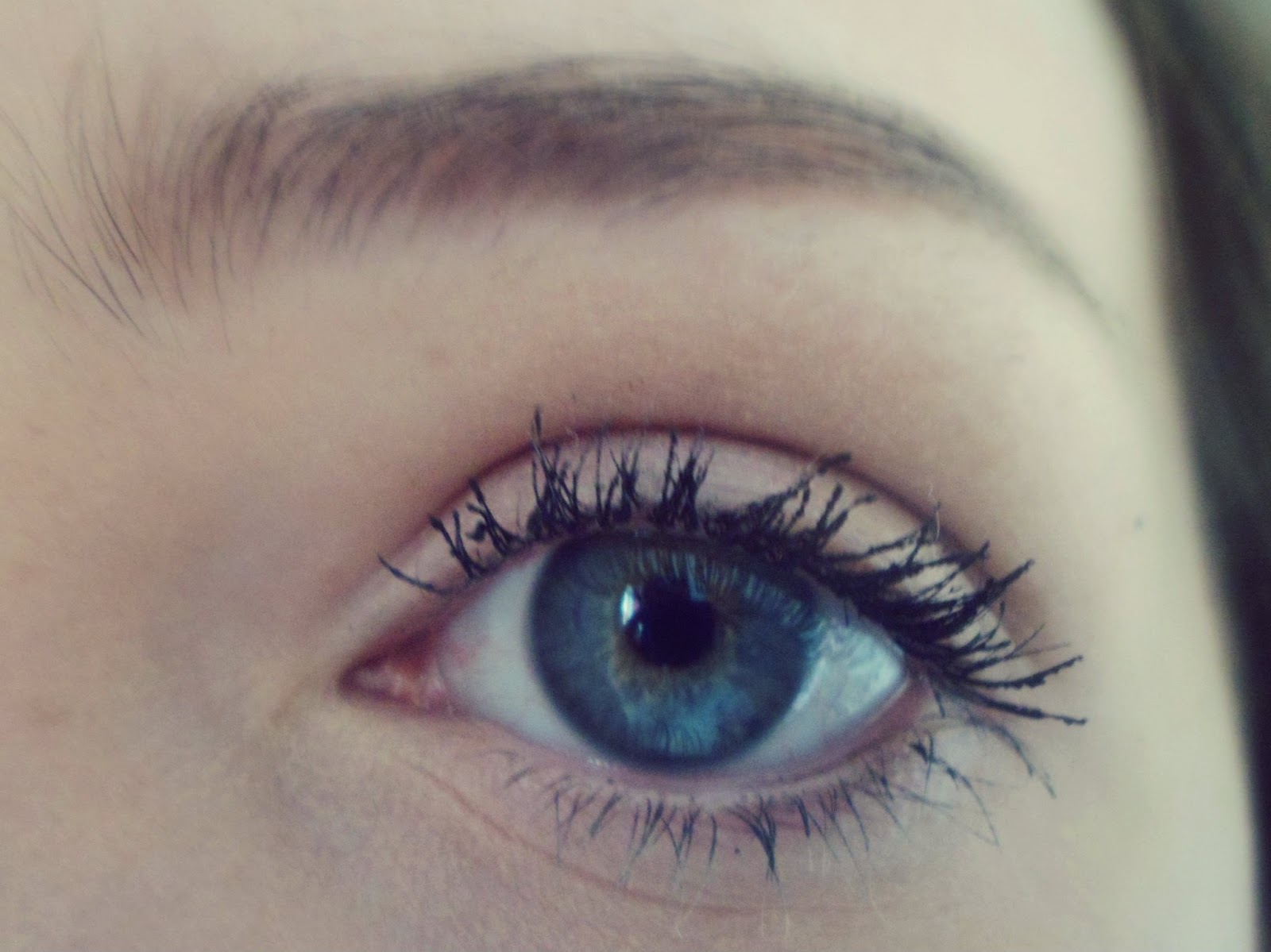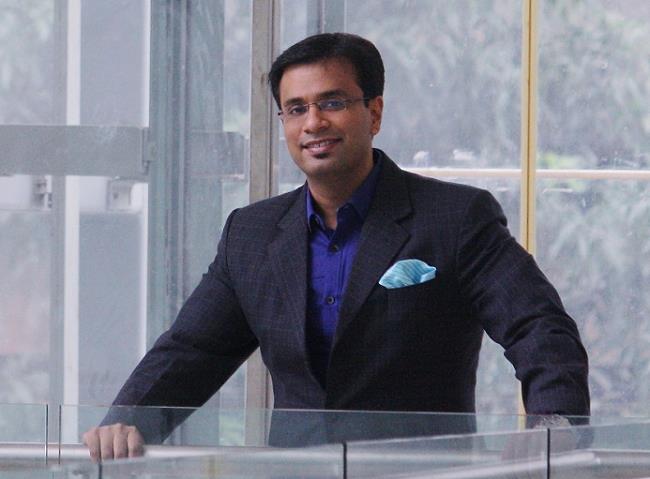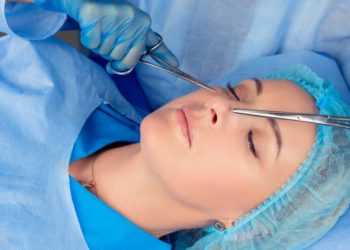Lacrimal Duct Obstruction / Blocked Lacrimal Duct / Lacrimal Duct Stenosis Causing Watering (runny / tearing) Eyes: obstructed Tear Ducts (NasoLacrimal Duct Obstruction) can happen in grownups, kids, infants, babies, and newborns and lead to watery / tearing / runny eyes (obstructed tear duct symptoms).
What’s a tear duct obstruction (nasolacrimal duct obstruction)?
Teardrops are ordinarily empty through tiny spaces in the corners of the lower and upper eyelids called puncta and enter the nose through the nasolacrimal duct. Tear duct obstruction stops tears from draining through this system usually. This causes watery eyes/ watering eyes / tearing eyes/ runny eyes as a result of the epiphora.

Normal Tears – How do they Drain from the Eyes?
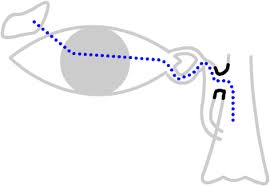
Usually, tears drain from the puncta (spaces on the medial component of the eyelid) into the nasolacrimal duct and into the nose.
What’s epiphora?
Watering eye, additionally understood as epiphora or tearing is an overflow of tears onto the face. Because of a blocked tear duct (nasolacrimal duct obstruction / lacrimal duct stenosis), tears do perhaps not empty into the nose through the nasolacrimal system and rather drain down the face.
Exactly how a Lacrimal Duct Obstruction / Blocked Lacrimal Duct / Lacrimal Duct Stenosis/ nasolacrimal duct obstruction will be presented?
1) Watering eyes interfere with eyesight.
2) In addition, as a result of the nasolacrimal duct obstruction, eyes get prone to recurrent infections.
3) Repeated tear duct obstructions can lead to lacrimal mucocele formation, pus formation, and also a lacrimal fistula (opening elsewhere on the face) formation.
4) Repeated eye infections can lead to dacryocystitis (lacrimal sac disease and abscess development, with pus) and endophthalmitis (infection in the internal eye) and also lead to total loss of sight in the eyes.
It’s really rather easy to comprehend. Imagine your restroom drain getting obstructed. Exactly what occurs in this case? The water perhaps does not empty; it’ll get dirty and breed germs. When the nasolacrimal duct gets obstructed, the regular water of your eyes (tears) undergoes a comparable circumstance!
Exactly how is Lacrimal Duct Obstruction / Blocked Lacrimal Duct / Lacrimal Duct Stenosis Causing Watering (runny / tearing) Eyes treated?
Dacryocystorhinostomy (DCR) surgery is a treatment that aims to get rid of fluid and mucus retention inside the lacrimal sac and boost tear drainage for relief of epiphora (water running down the face). A DCR treatment involves the elimination of bone tissue adjacent to the nasolacrimal sac and including the lacrimal sac using the lateral nasal mucosa in purchase to bypass the nasolacrimal duct obstruction. This enables tears to strain down straight into the nasal cavity from the canaliculi by means of a new low-resistance path.
This surgery can be done through an external skin incision on the medial part of the eye (external DCR), through an endoscope placed through the nose (endoscopic DCR), or through the usage of laser (LASER-assisted DCR).
External Dacryocystorhinostomy (DCR) Surgery:
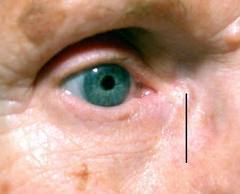
Advantages: finest possibility of success of surgery, watering eyes are treated in up to 96% of instances with only one surgery
Disadvantages: External DCR incision can leave the face scarred.
Endonasal Endoscopic Dacryocystorhinostomy (DCR) Surgery:

Merits: No external incision, done with an endoscope through the nose.
Demerits: The success percentage also in the best hands is just around 78%.
LASER-assisted Dacryocystorhinostomy (DCR) Surgery:
Positives: Surgery time decreases to less than 30 minutes. No incision from the outside, and no scar on the face externally, Diode LASER (light) was placed through puncta (starting on the medial component of the eyelid) to make a gap on the side of the nose.
Negatives: The success percentage also in the best hands is just around 78%.
Details of External Dacryocystorhinostomy (DCR) SURGERY:
The dacryocystorhinostomy (DCR) surgery is done to bypass the blocked normal drainage of the tears and produce a synthetic opening into the nose, for the tears to empty through.
Anesthesia: DCR may be done under monitored sedation or general anesthesia depending upon the surgeon and patient’s preference. The client may usually be discharged home on the very same day. Local anesthesia, utilizing an equal combination of 1-2% lidocaine and 0.5% bupivacaine, with 1:100,000 epinephrine, is infiltrated into the medial canthus, lower lid site of incision, and nasal mucosa. Nasal packaging dipped in 4% cocaine, lidocaine, or afrin (oxymetazoline) provides extra nasal anesthesia and mucosal vasoconstriction to the middle meatus. Careful hemostasis is important in order to have a successful DCR surgery.
Medical Strategy (External DCR):
1) A curvilinear skin incision is made with a medical marking pen on the medial part of the eye and extends into the thin skin of the lower eyelid for about 10-12 mm. The patient’s face is prepped and draped in the typical sterile fashion.
2) A lubricated corneal protective lens is usually put on the ocular (eye) area to protect the eye during surgery. The epidermis is incised with a 15-blade scalpel knife or monopolar unit with a Colorado needle tip.
3) The orbicularis oculi muscle fibers (muscle surrounding the eye) are divided until the periosteum of the anterior lacrimal crest is identified. The dissection should be lateral to the angular vessels to keep away from bleeding.
4) The lacrimal fossa (bone) is next very carefully perforated where the bone is thin (at the suture line between the thicker frontal process of the maxilla and the adjacent slimmer lacrimal bone). Kerrison rongeurs or a high-speed drill are utilized to eliminate the bone of the lacrimal fossa (inferiorly to the lacrimal duct at the inferior orbital rim, and anteriorly past the anterior lacrimal crest).
5) A bony ostium (opening) calculating roughly 15mm is eliminated (taking treatment to stay away from problems like a cerebrospinal fluid drip or hurting the underlying nasal mucosa).
6) The lacrimal sac mucosal flap and the nasal mucosal flap are incised and sutured and the epidermis incision shut, post syringing (which guarantees that the brand new opening developed will strain tears effortlessly into the nose).
In summary, nasolacrimal duct obstruction/ tear duct obstruction / Lacrimal Duct Obstruction / Blocked Lacrimal Duct / Lacrimal Duct Stenosis causes Watering (runny / tearing) eyes, because of epiphora. Watering eyes interfere with eyesight. In addition, as a result of the nasolacrimal duct obstruction, eyes can get repeatedly contaminated, leading to dacryocystitis, endophthalmitis, and loss of sight. Treatment comprises of making a synthetic opening on the medial part of the eye into the nose to bypass the blocked nasolacrimal duct and re-establish the regular movement of tears into the nose. This surgery is known as Dacryocystorhinostomy (DCR Surgical treatment) and can be done through an external incision (External DCR), such that an endoscope placed through the nose (Endonasal endoscopic DCR) or by means of laser (LASER assisted DCR). Surgical treatment is extremely successful and can effortlessly treat this issue, which if perhaps not treated as quickly as possible, may cause total loss of sight because of serious eye infections.
Oculoplasty & Oculoplastic Surgery in India
Oculoplasty is a fast-growing super-specialty in India, with many institutes now offering fellowship training programs for young oculoplastic surgeons. For eyelid, orbital, brow, lacrimal, socket, and mid-face surgery, please seek and look for a good oculoplastic surgeon, Mumbai, Delhi, Chennai, Hyderabad, Kolkata, Pune, and most other Indian cities will have a few.
Most of the top oculoplastic surgeons are trained in the Western world and have come back to India post that and costs will be 1/5th the costs you would pay in the US, Europe, or Singapore. Read more on oculoplastic and lacrimal surgery in our oculoplastics and oculoplastic surgery section on this blog.
Lacrimal duct obstruction surgery for kids
If your child requires lacrimal duct obstruction surgery, then she must have blocked tear ducts. Getting lacrimal duct obstruction surgery for your child can be a very stressful situation. But lacrimal duct obstruction surgery may be a necessity if your child has blocked tear ducts. Deciding that your child needs lacrimal duct obstruction surgery can be difficult because no one wants to see their child go under the knife. But without lacrimal duct obstruction surgery, your child may be having frequent eye infections.
If you have decided on lacrimal duct obstruction surgery for your child, make sure that you find a very good surgeon. Since your child is getting lacrimal duct obstruction surgery, you will be entrusting your child to his care. As such the best surgeon for lacrimal duct obstruction surgery is someone you need. It is not about money, it is more about ensuring that your child is getting the best lacrimal duct obstruction surgery treatment.
Finding the right surgeon for lacrimal duct obstruction surgery is essential. For this, the surgeon should not only have the right skills for lacrimal duct obstruction surgery, but he should also have special skills to communicate with kids. Kids who get lacrimal duct obstruction surgery are obviously a frightened lot. That is why a surgeon who is not only an expert on lacrimal duct obstruction surgery but also can make your child feel safe is someone you need. So spend a little time and effort in finding a surgeon for lacrimal duct obstruction surgery whom your child is comfortable with.
Preparing your child for lacrimal duct obstruction surgery is the next important thing. With lacrimal duct obstruction surgery, your child may feel scared. As a parent, you should assure her that the lacrimal duct obstruction surgery is nothing to worry about. Give her the confidence that the lacrimal duct obstruction surgery will go off without a hitch. This will ensure that she feels happy that she is getting lacrimal duct obstruction surgery. If she has any questing she wants to be answered about lacrimal duct obstruction surgery, answer all of them well. All of this will prepare her well for lacrimal duct obstruction surgery.
Though lacrimal duct obstruction surgery is nothing to be very worried about, it can feel pretty stressful for the whole family. This is because no one likes children being operated on. But as a family, you have to protect your child from infections and that is why getting lacrimal duct obstruction surgery is a great idea.
Preparing your home for the aftercare of your child is essential. There should be a specific area where she will be allowed to recuperate. Make sure that it has her favorite things so that she feels comfortable. Keeping your child comfortable is the only way to ensure that the recovery is fast and quick. As a parent, it can be tough to make your kid go through surgery but when health is concerned, you really have to be strong and go forward with it.
Dr. Debraj Shome is amongst the most experienced facial plastic surgeons in the world, with many thousand lacrimal surgery procedures performed in his career. Dr. Debraj Shome is co-founder of The Esthetic Clinics ®, a chain of cosmetic centers located in Mumbai, India.
